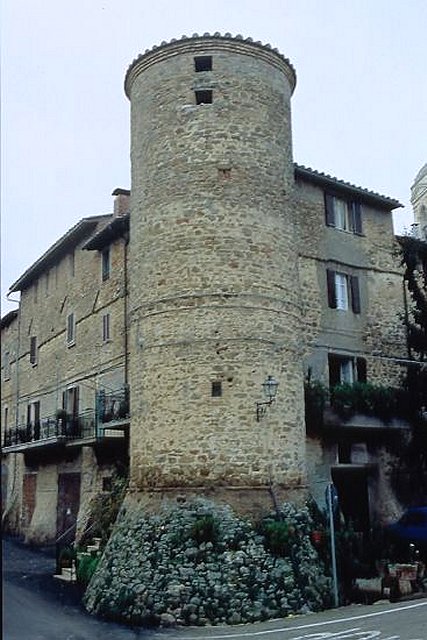Perhaps based on an abandoned Etruscan settlement, Spina was first named in a certificate of Barbarossa in 1163.
In 1260 the Town was assigned to the District of Perugia Porta Eburnea; the army of Henry VII, Southbound in Italy, devastated the district in the fourteenth Century,to such an extent that the castle was exempt from providing men for the war between Perugia and Todi.
It underwent further siege by Braccio Fortebraccio in 1416: only the third assault, after suffering huge losses, he was able to penetrate and plunder heavily. In 1439 and in 1444 subsidies were granted to the people so they could repair the walls.
In 1643, the troops of the Grand Duke of Tuscany camped there after scaring off the papal soldiers.
In 1879 a “Workers’ Mutual Aid Society”, was established and was managed independently by its inhabitants; at that time, the country began to expand outside the city walls.
Famous people of Spina were:
Polimante of Niccolò Spina (XV century), sculptor and inlay;
Giovanni Schiavo (XV century), author of the choir of the church of San Domenico in Perugia;
Matteo Spinelli (XVI century), writer and poet, professor of letters.
Categories services
Contacts
UMBRIA IN APE RENTAL
Via Tuderte, 27
Marsciano 06055
Perugia (PG) - Italy
Tel. 075 8742877 -Fax 075 8742877
Cell 339 4545435
e-mail:umbriainaperental@gmail.com




